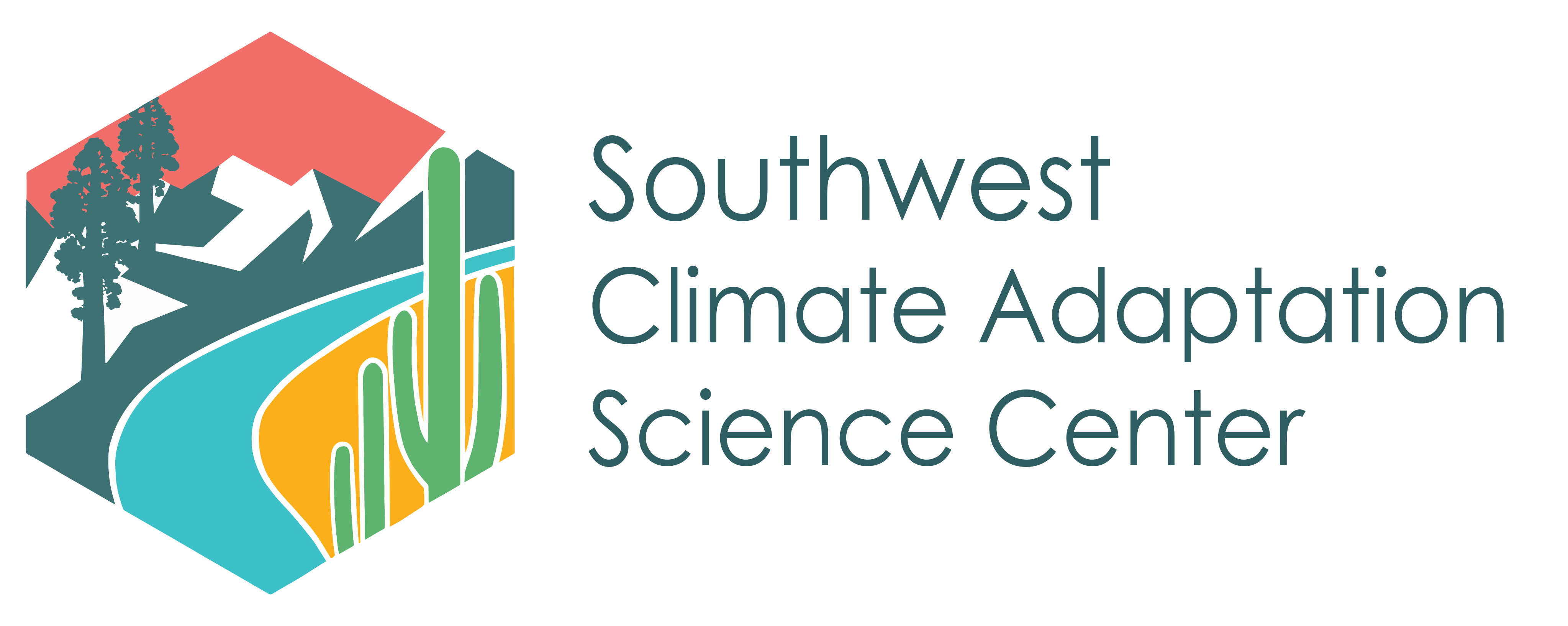Reflections from SW CASC University Director

Preparations for and responses to the ongoing global COVID-19 pandemic have much in common with planning for adaptation to the inevitable impacts of climate variations and changes. Whereas the contagion factor is unique to episodes of disease outbreaks, the need for advance planning to avert worst impacts is common to public health and natural resource management sectors. Advance planning may sometimes seem like a low priority, especially when considering events that may take place at some unknowable future time, if at all; however, economic and environmental impacts are likely to be far less severe if plans are in place. Strategic scenario planning (SSP) and structured decision making (SDM) are two methods used by natural resource managers, to plan for combinations of stressors that may include climate changes, population growth, land-use changes, shifts in the availability of economic resources, and variations in policy and public support for management initiatives. Regional CASC consortia, including the SW CASC, use these methods, in collaboration with natural resource managers, to explore plausible futures, develop anticipatory and response strategies, evaluate and prioritize strategies, and connect strategy options with workflows. The methods also aid managers in identifying indicators and thresholds for decisions.
SW CASC staff and researchers have used SSP in collaboration with the Desert Landscape Conservation Cooperative’s Landscape Conservation Design initiative. SW CASC detailee, Dr. Alex Bryan (formerly USGS) and Deputy Director, Dr. Carolyn Enquist (USGS) contributedregion-specific climate projections and guidance on developing management-focused scenario narratives for plausible futures for sky island mountain ranges in southeastern Arizona. New work focused on the forests of California, in collaboration with the National Park Service (NPS), the Fish and Wildlife Service, and the Forest Service, will continue to build on scenario planning methods and incorporate SDM as a means of identifying climate refugia, particularly for aquatic species.
Currently, SW CASC staff, along with University of Arizona and Penn State University researchers, and HC Hartmann Consulting, are using SSP to assist NPS staff and managers with planning for the adaptation of cultural resources to climate and weather extremes. These resources have profound significance to Native Americans and are cherished by visitors to parks. Unique aspects of scenario planning for cultural resource adaptation include constraints on strategies, due to the lack of mobility of cultural resources—for example, contrast the challenges in adapting for changes to water resources, where there are options to augment water supplies through water treatment technologies, or adapting for changes to wildlife habitat, where there are options to develop new refugia, with adapting for changes to cultural resources, where the movement of cliff dwellings or the sites of the centers of ancient civilizations would alter the context of the cultural resource and violate norms of culture and sacredness.
Wildlife reserve design is a process that must address ecological, social, and political factors to successfully identify parcels of land needed to sustain wildlife populations and other natural resources. Land acquisition choices for large protected areas are difficult, due to considerations such as future climate and urbanization changes. In central Florida, the recently established Everglades Headwaters National Wildlife Refuge (EHNWR) has often been cited by the Secretary of Interior to highlight federal actions in support of conservation. The Southeast CASC combined SDM, optimal solution theory, and output from urbanization and population growth models with stakeholder-determined objectives to design a range of configurations for the refuge and help the USFWS in land acquisition prioritization for the EHNWR.
In addition, both the SE and NE CASCs have ongoing SSP work with multiple national parks, coastal wildlife refuges and national forests, to help natural resource managers understand plausible ecological futures, vulnerabilities, and opportunities as a result of climate change and related stressors. Their work focuses on addressing climate change uncertainties in land and wildlife management, and to inform the development of adaptation strategies. North Central CASC researchers have developed a process for integrating scenario planning and climate science into NPS Resource Stewardship Strategies (RSS). RSS strategies are part of a streamlined approach for guiding prioritization of a park’s investments in resource stewardship. NC CASC researchers have worked with Devils Tower National Monument, in Wyoming, and Wind Cave National Park, in South Dakota, studies for merging climate projections, scenario narratives and RSSs.
Overall, the body of CASC work, using scenario planning and formal decision making frameworks, contributes to the ability of individuals and organizations to prepare for environmental changes and to a growing body of knowledge on navigating risk and uncertainty.

